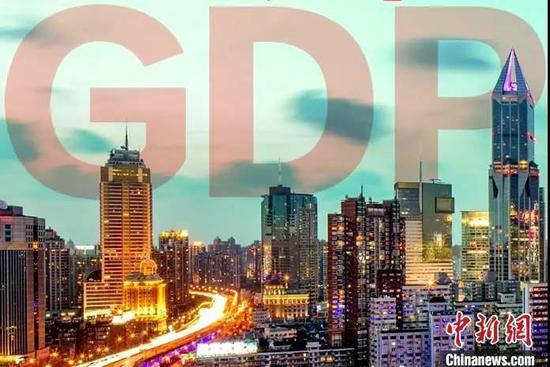
China’s Rise Not by Plunder or Hegemony
There are major differences between China’s rise and the West’s. China has followed its own path. Also, China’s influence has been achieved through its own sustained economic development and its mutually beneficial and globalized trade, not by plundering resources abroad.
Since the geographic discovery of far-flung countries and the industrial revolution, the growth of the developed nations can basically be characterized as following the “law of the jungle” and expanding colonies overseas. After the two world wars, they used their technological and military might for political hegemony and gaining or maintaining control over the rest of the world.
Traditional Chinese culture, on the other hand, advocates the philosophy that if you want to be successful, you should help others to be successful. There is a code of conduct for individuals: Cultivate your moral character, manage your family affairs well and serve your country. The government also has a goal: As the national economy grows and people have a good life, it also wants other countries to develop and their people to live a good life. Moreover, China advocates “living in harmony despite differences” and “seeking common ground while reserving differences,” espousing inclusive participation so that all countries can help one another and develop together.
Because of this huge gap in culture and other aspects, the Chinese and Western historical development trajectories differ greatly.
China’s development proves that there is another path to modernization, one that is different from the path taken by the developed nations. It also shows that a country’s rise can be achieved without following the law of the jungle that the Western world followed. It is possible to obtain an alternative path of development in a peaceful, mutually beneficial way and create a win–win situation.

Changes Unprecedented in a Century
In 2018, the Chinese leadership observed that “the world is undergoing profound changes not seen in a century.”
What triggered these changes? It is largely because of the rise of emerging market economies such as China, India and Brazil. Among them, China showed the most significant change. Based on market exchange rates, it surpassed Japan in 2010 to become the world’s second largest economy, and in 2014, it surpassed the United States to become the world’s largest economy in terms of purchasing power parity.
The eight countries that dominated the global economy and politics in the past century have lost their power of dominance. In 1900, the Eight-Power Alliance, consisting of Britain, the United States, France, Germany, Italy, Russia, Japan and Austria-Hungary, attacked China. At the time, these eight countries accounted for 50.4 percent of the global economy in terms of purchasing power parity.
Years later, the “core” eight-member-pattern changed with the collapse of the Austro-Hungarian Empire and Canada joining the Group of Eight (G8). In 2000, the G8 still accounted for 47 percent of the global economy in terms of purchasing power parity. In other words, over the span of a hundred years, the share of other countries in the global economy increased only by 3.4 percentage points.
This situation changed after 2000. And in 2018, when the concept of “changes not seen in a century” was introduced, the G8’s share in the global GDP in terms of purchasing power parity had fallen from 47 percent to 34.7 percent, losing its dominance.
China-U.S. Relations May Improve in 2050
China overtaking all but one economy is bound to drive changes in the international competition landscape. The U.S. has begun to feel increasingly overwhelmed by its own dominant position in the world. The Barack Obama administration proposed to return to the Asia-Pacific and deploy military forces in the Pacific. After Donald Trump took office, he launched a trade and technology war on China, creating more tension in China-U.S. relations.
How to address this problem? Development is key. China needs to focus on itself and continue to develop and provide development opportunities for other countries.
China had “two centenary goals.” The first was to eradicate absolute poverty and build a moderately prosperous society in all respects by 2021, the centenary of the Communist Party of China. With that achieved before the deadline, the remaining goal now is to build China into a modern socialist country that will be prosperous, strong, democratic, culturally advanced and harmonious by 2049, when the People’s Republic of China celebrates its centenary. By 2050, when China achieves its second centenary goal, the world may enter a new stable state if by then China’s per capita GDP becomes half of the United States’ while its total economy becomes double the United States’.
The U.S. has imposed science and technology bans and trade tariffs on China mainly because its level of technology is higher than China’s. However, by 2050, there will be other changes. It is estimated that Beijing, Tianjin and Shanghai as well as the five eastern coastal provinces of Shandong, Jiangsu, Zhejiang, Fujian and Guangdong will then have a combined population of 400 million. The population and GDP per capita of these areas will be at the same level as the United States’ if China’s overall GDP per capita reaches half of the United States’ by then. The population, income level and the industrial technology level of China’s most developed regions will be almost equal to the United States’. If that happens, the technological bottleneck that the U.S. has been imposing on China would be basically gone by then.
However, more than 50 percent of the Chinese population—or nearly 800 million people—live in central and western China, where the GDP per capita is about one-third of the United States’. These areas have potential for rapid development. By 2050, when China’s economy becomes twice the size of the United States’, it will still be developing faster because of these regions. In other words, the U.S. will no longer have a technological edge and would be incapable of changing the situation in which China’s economy is twice the size of its own, nor would it be able to ignore the opportunities for its own development that the Chinese market will offer. All these factors will create a foundation for peaceful cooperation and development.
If China concentrates on developing itself and utilizes its potential, it can have a better future and can lay the foundation for a new and stable global pattern. The rise of China will help build a new, stable international landscape where all countries can develop together.








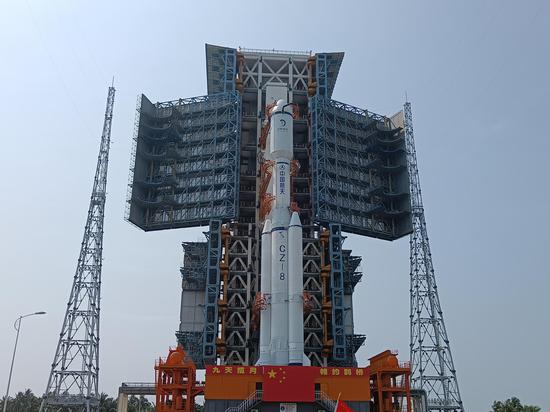






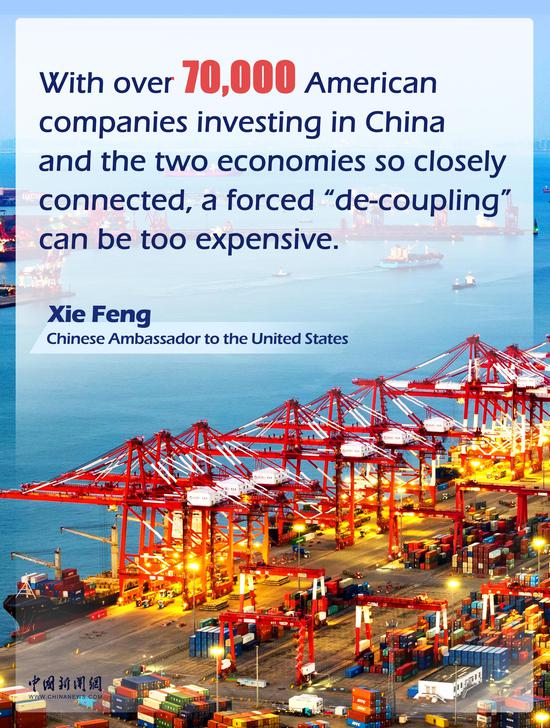

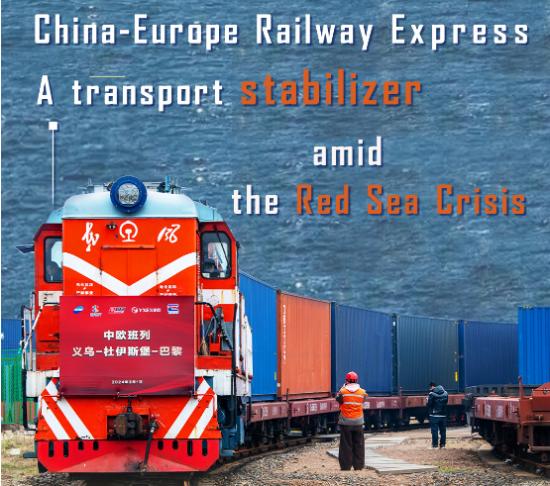






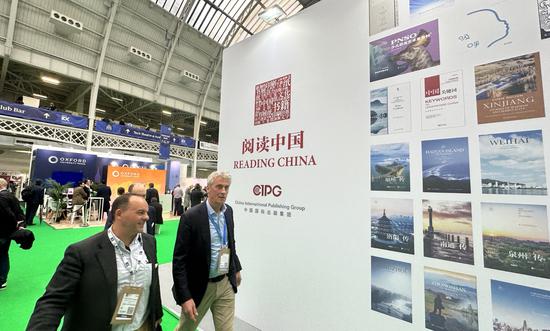


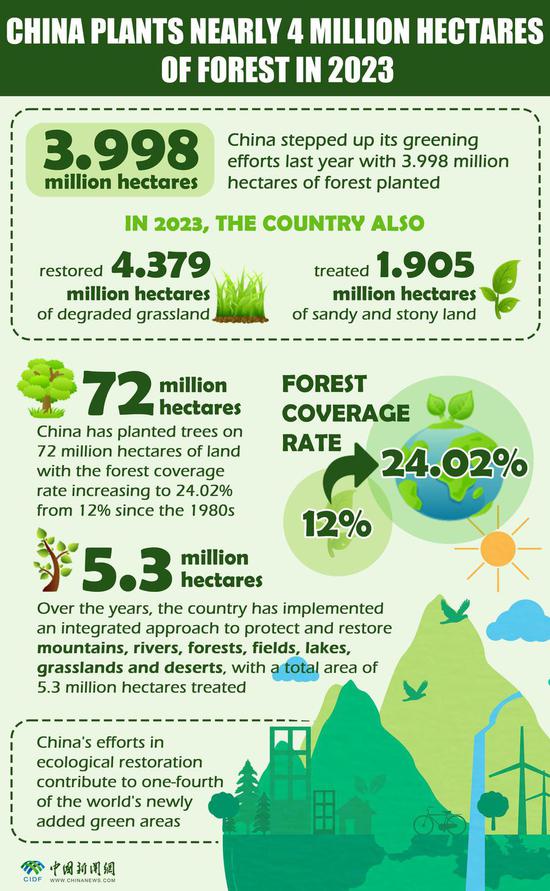


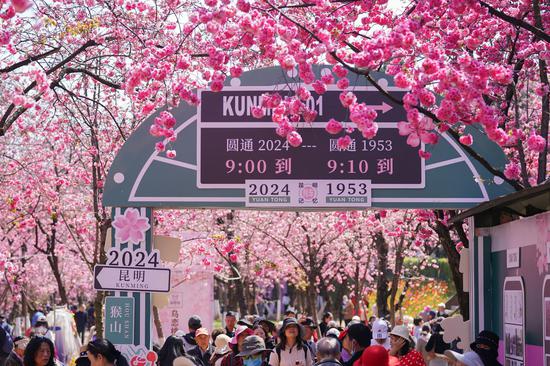


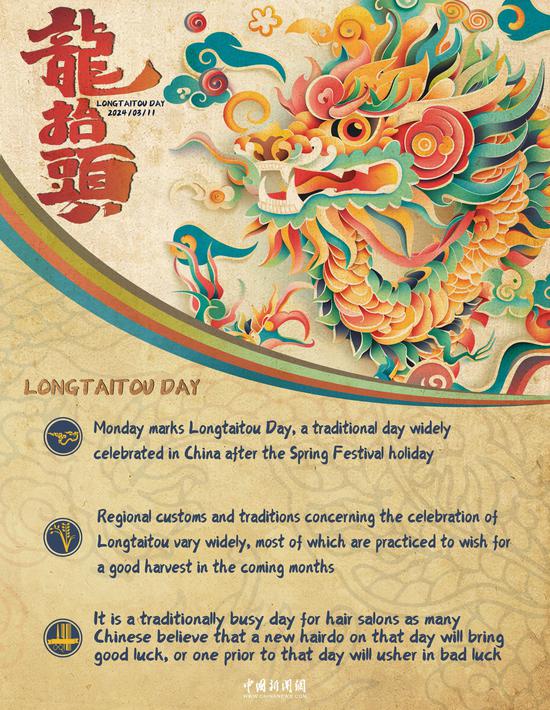
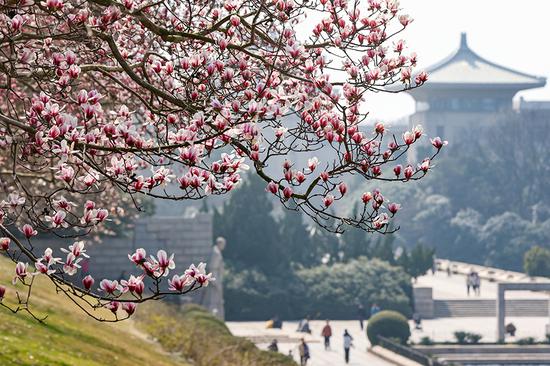
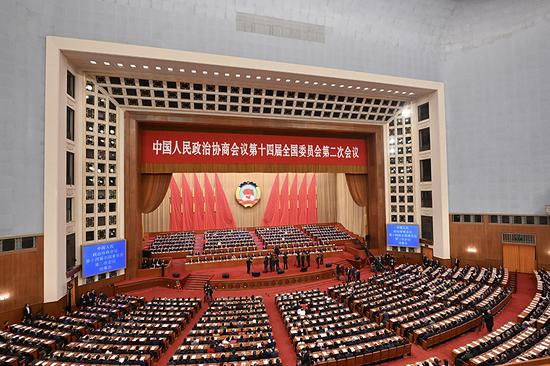


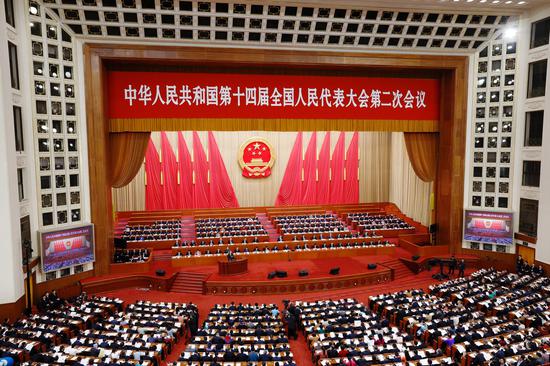
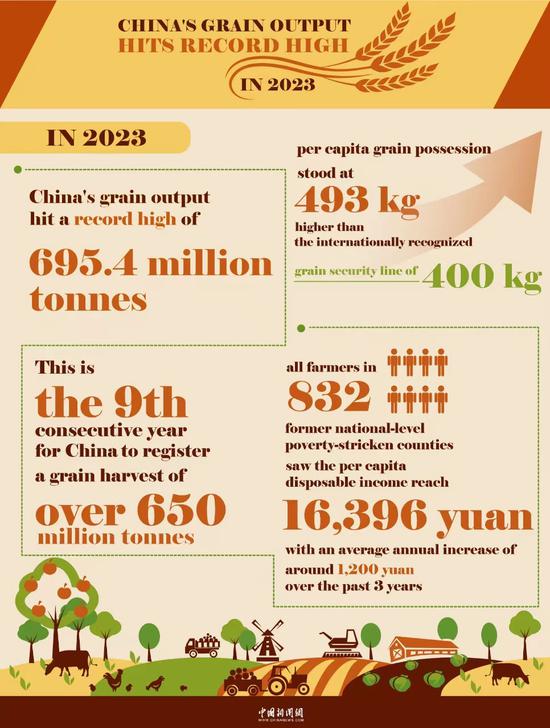

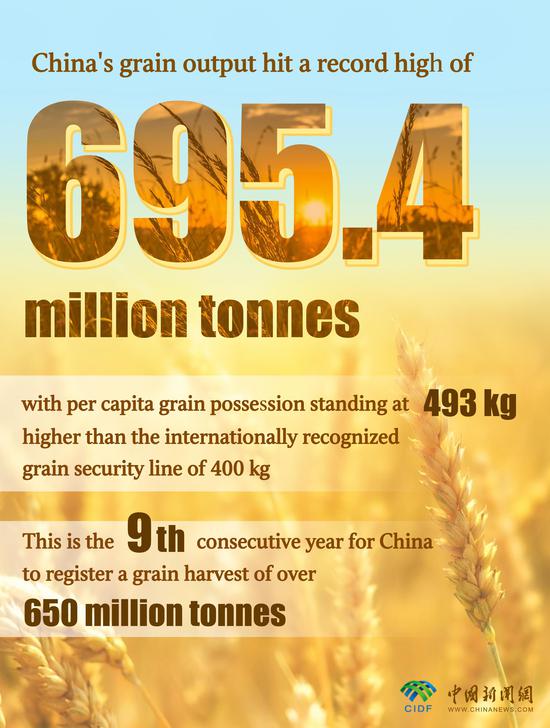
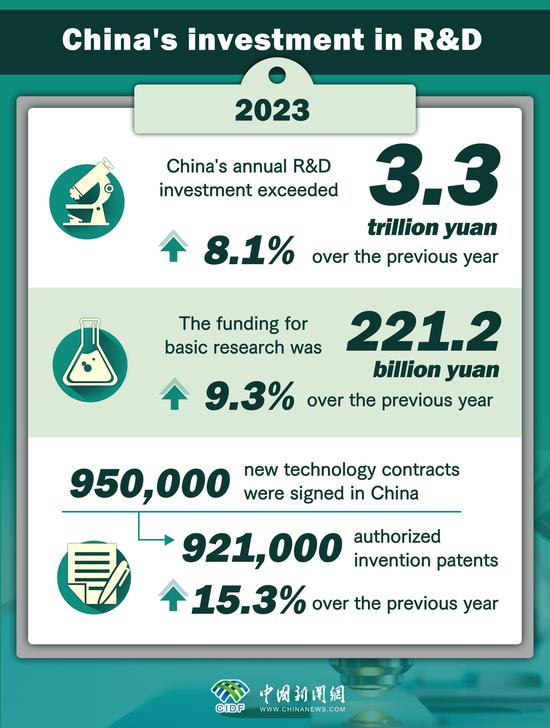

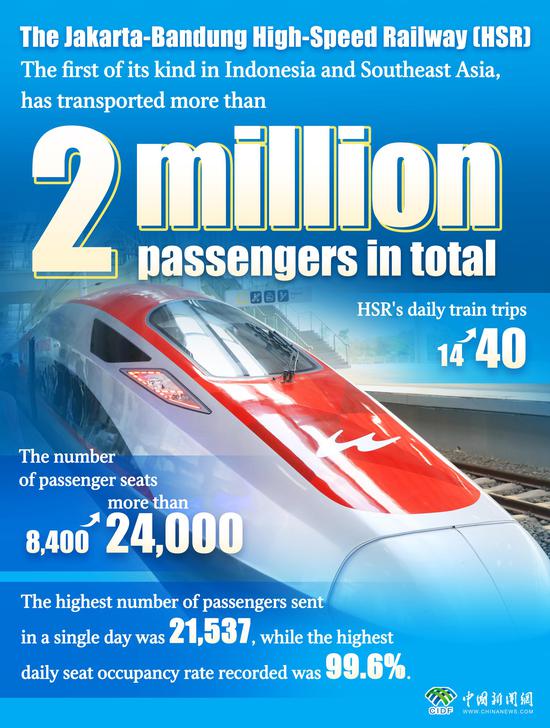

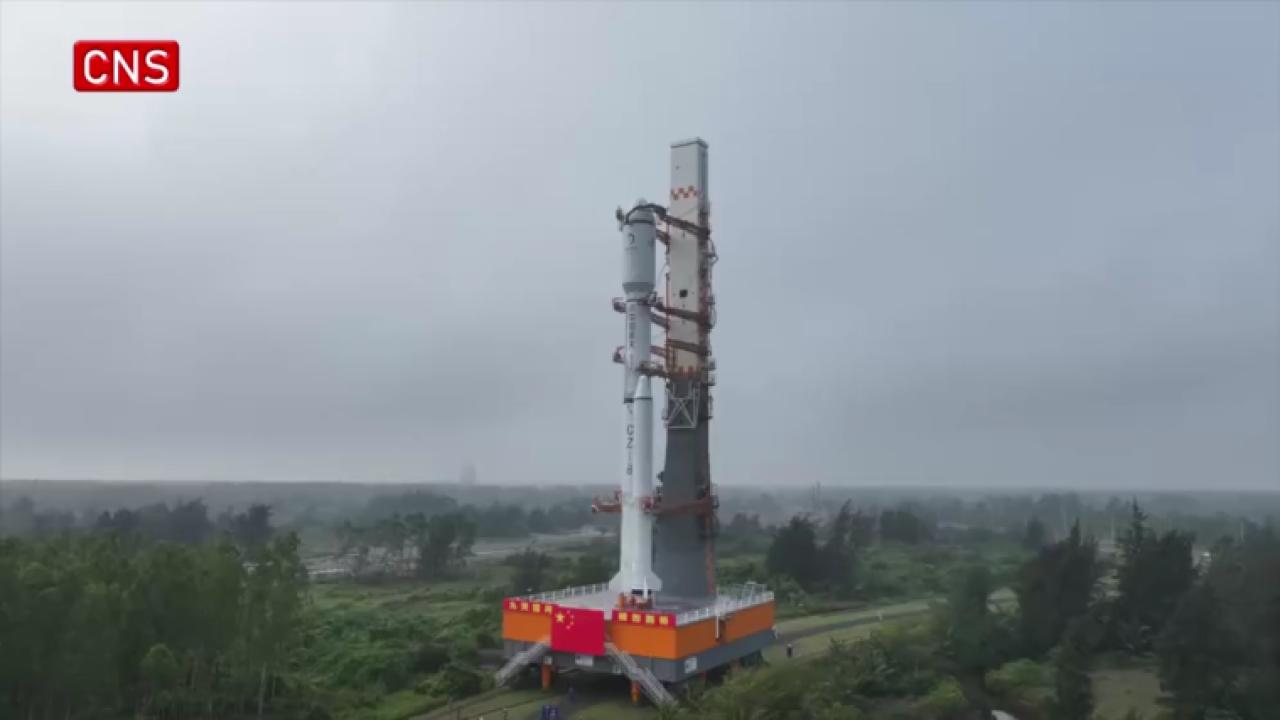

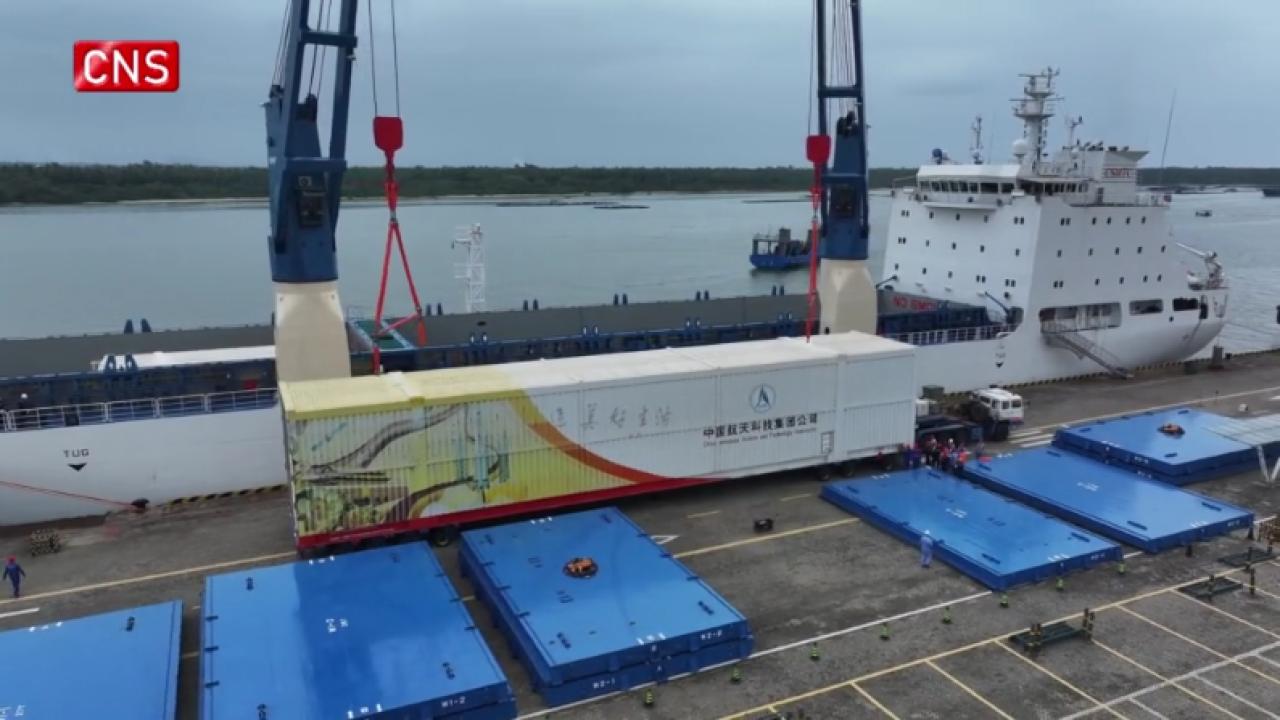

 京公网安备 11010202009201号
京公网安备 11010202009201号